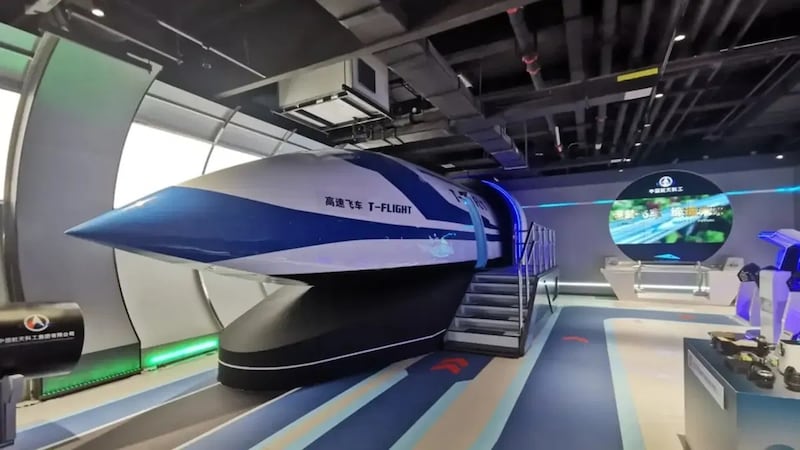China advances in the development of new technologies and one of the most outstanding is the manufacturing of trains that operate with magnetic levitation technology. The Asian giant wants a rail transportation system that reaches speeds of 1,000 kilometers per hour and Elon Musk wants to participate in this initiative.
This was made known by the South African magnate himself in one of his most recent messages on his X account. In the midst of a political-economic discussion about the expenses, investments, and savings that the United States government, which will be presided over by Donald Trump, must make, Elon Musk agreed with one of China's technological initiatives.
PUBLICIDAD
The businessman Aaron Levie took a screenshot of a note, which could easily have been from FayerWayer, in which a media outlet talks about how China is building a magnetic levitation train that will reach 1,000 kilometers per hour.

Levie says regarding this initiative the following: “This is why we should care about regulatory overhead in America. The world is moving forward one way or another”.
“This would be a super and great deal,” responded Elon Musk, positively to the initiative of one of the biggest political and commercial rivals of the United States.
Some analysts and international policy specialists have reportedly advised Elon Musk, the upcoming member of Donald Trump's cabinet, to avoid "echar flores" to China's projects.
However, since the magnate is an unconventional person and he privately conducts business with China through Tesla Motors, he has no problem highlighting (and perhaps copying) the advancements of the Asian giant.
The train with magnetic levitation of China
The China Aerospace Science and Technology Corporation has been working since 2022 on the development of magnetic levitation trains, which would operate using the hyperloop methods that Elon Musk also has in mind.
The concept of a train with magnetic levitation involves carriages that glide along tracks that operate with electromagnetic fields, without the need for friction in interactions for propulsion, combustion, or speed. In a way, it levitates, but the true propulsion lies in the projections of its motor.
The initial tests did not reach the target, but it has already surpassed 600 km/h. They expect that in the upcoming tests, the train will reach 1,000 km/h or its equivalent in the scales used for the tests.
